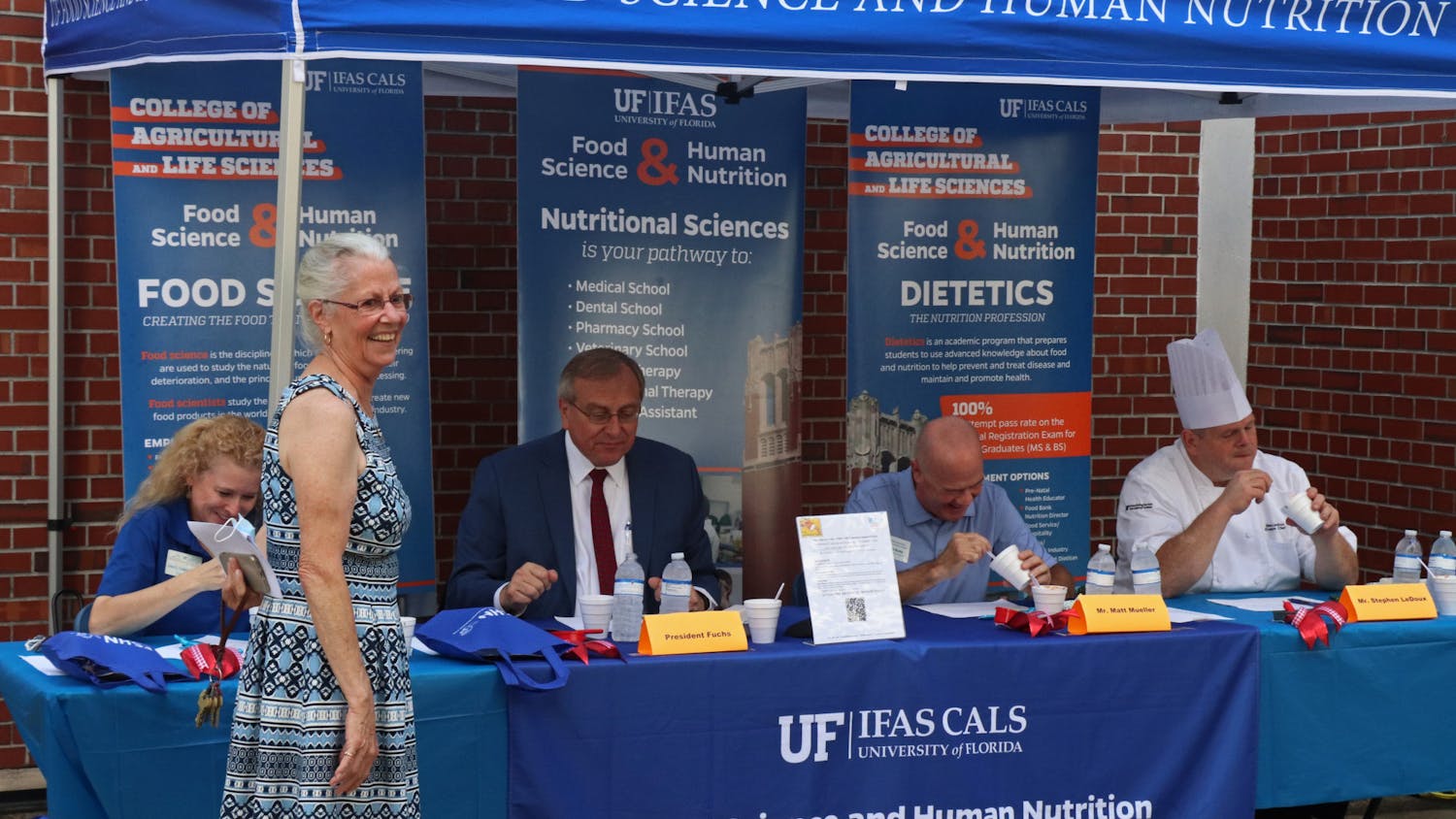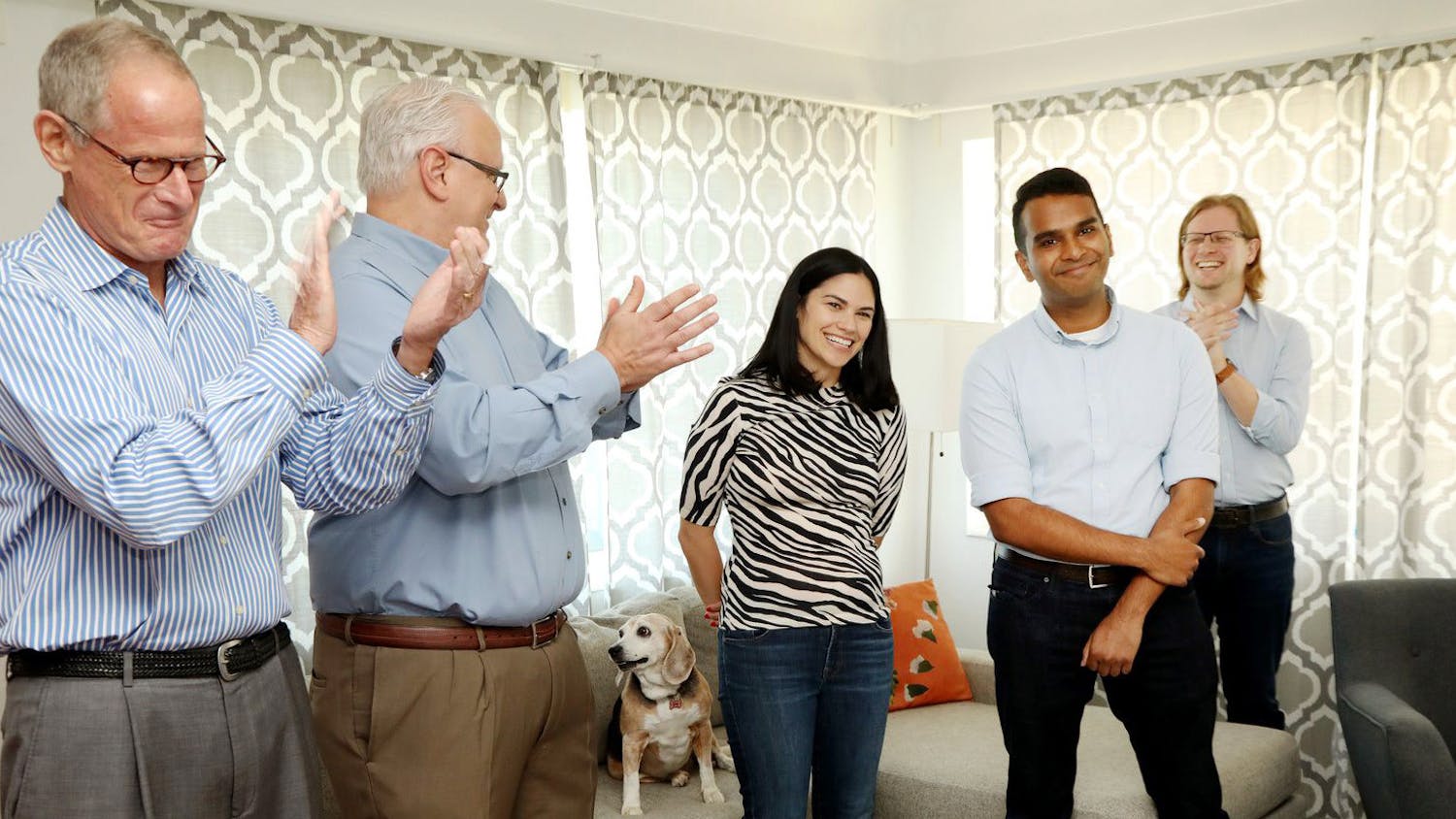Newly released statistics show one out of seven Americans are now living below the poverty line, and the poverty rate in Alachua County and Florida are even higher than the national average.
The newest statistics, for 2009, show the U.S. had a record 14.3 percent poverty rate, and Alachua County was far ahead with 32.3 percent living below the poverty line.
UF economics professor Kenny Lawrence said part of the reason for Alachua's high rate is because there is no adjustment of the poverty line to account for cost of living.
For 2009, the federal poverty line was $10,830 for an individual and $22,050 for a family of four.
Lawrence said it's the same in Gainesville as in New York City, which makes southern states or states with low costs of living appear to have a higher poverty rate.
He also said it's high because there aren't any high-paying major corporations in the Alachua County area.
"The only resources of major income Gainesville has are the University of Florida, Nationwide and the hospital complex," Lawrence said.
The county's high poverty rate is creating new challenges for local charity organizations.
"The economy's bad so we don't have enough money to build houses and there aren't enough people to purchase a house from us," said Jan Luc, a volunteer for Habitat for Humanity.
The St. Francis House, the only year-round operational shelter in the tri-county area, is also feeling the effects.
"Since the economy fell, the number of people seeking assistance has increased by 50 percent, the majority from Alachua County, primarily from a loss of total income," said Kent Vann, the executive director of St. Francis. "Lately our organization has been strained by an excessive amount of people looking for shelter and food. We have to turn away people every day from the shelter."
The shelter's main priorities are families and children, like Bryon Smith and his two sons, Isaac, 13, and Ernest, 12.
"The school bus picks them up right outside of the shelter," Smith said. "It's not the best situation, but at least we're all together."
Despite the strain, St. Francis still maintains a program to find jobs and shelters for the homeless, while feeding them with donated food.
"We get cans and Chef Michael Roblez works his magic," said Alan Boles, a 57 year-old Macy's part-time employee and St. Francis resident.
Even the administrators of the shelter have experienced problems in the rough economy. Gerry Martello was laid off due to budget cuts for a year and a half before she returned to St. Francis as a case manager.
"I practice what I preach. I always tell the clients I kept my house because I saved," Martello said. "Our goal is to help them become self-sufficient."
The residents are grateful for one of the 35 beds in the shelter.
"I'm glad I'm here. In here is better than out there," said Leslie Mears, a 52 year-old receptionist for American Director's Group.
"Out there" refers to the eastern side of Gainesville, the deep woods, and a place commonly referred to by Gainesville residents as "tent city."
Kenny Bess, a St. Francis House resident, has almost completed the work program, and on Oct. 3, he will be moving into an apartment on the east side of Gainesville.
he's moving out, but he's still worried.
"Right now people are just one paycheck away from where we're at. In this economy it doesn't take much."





